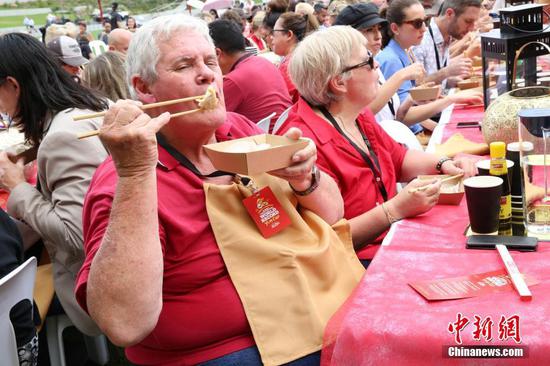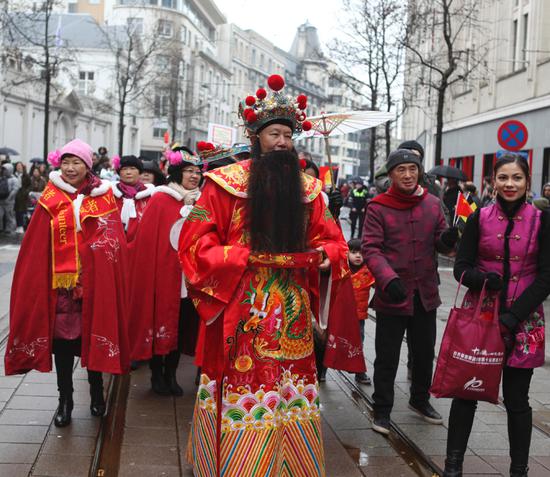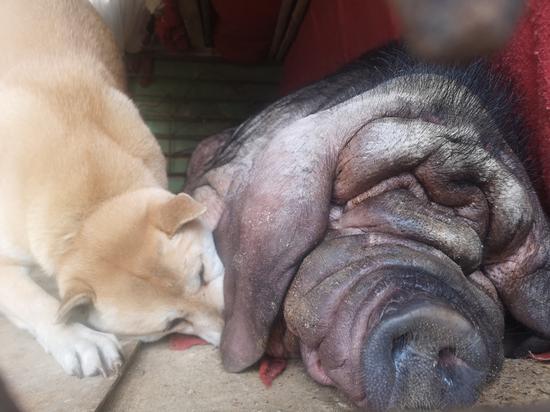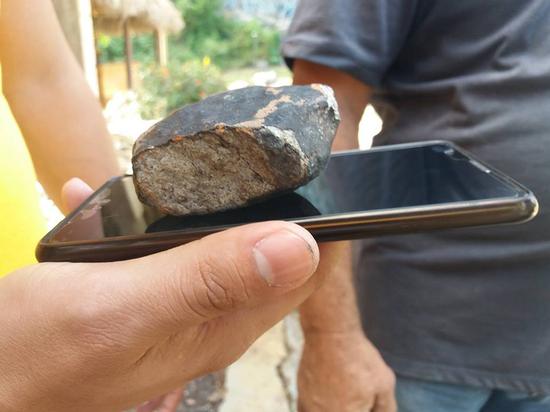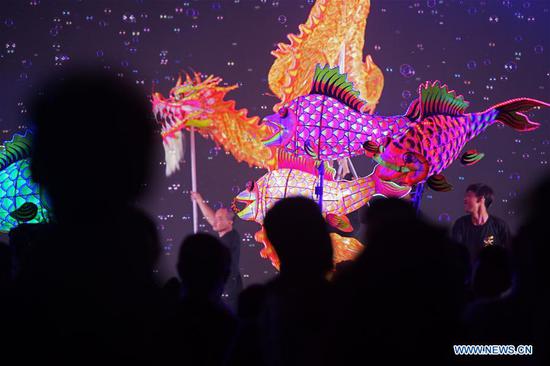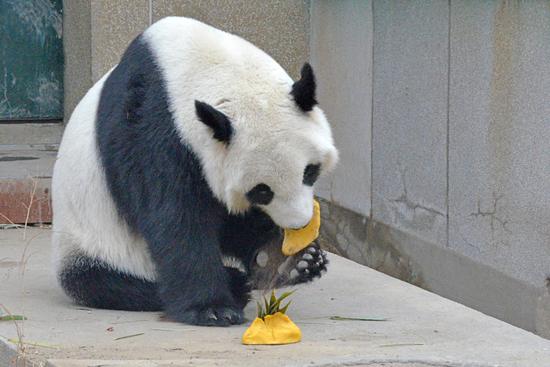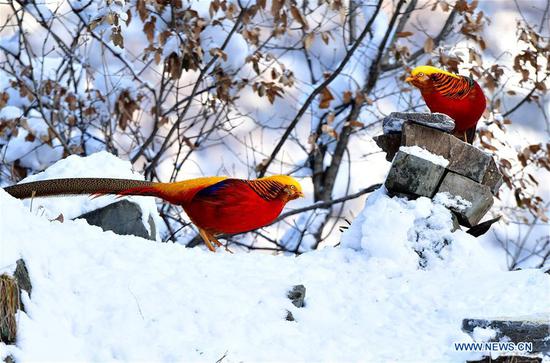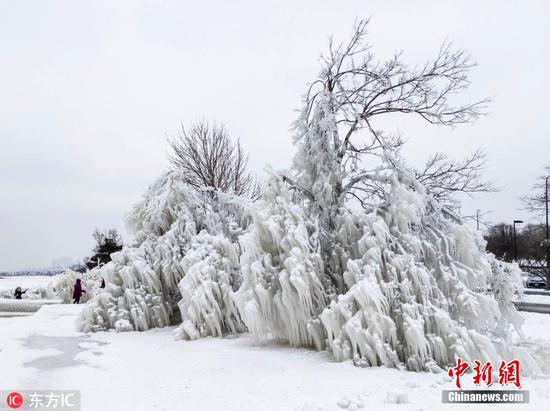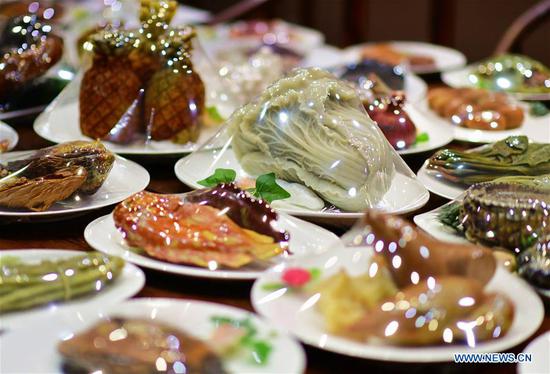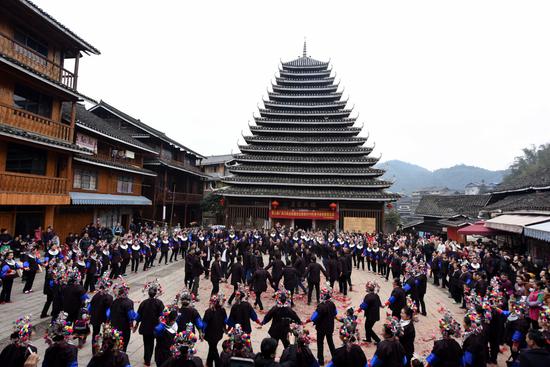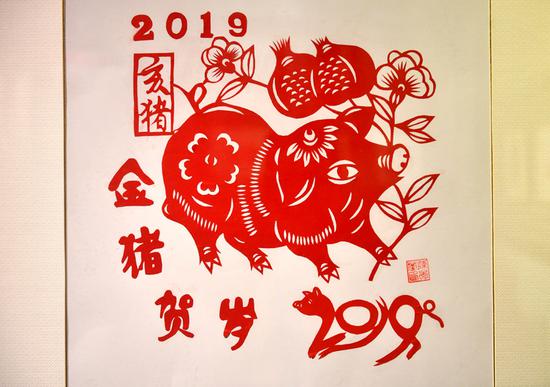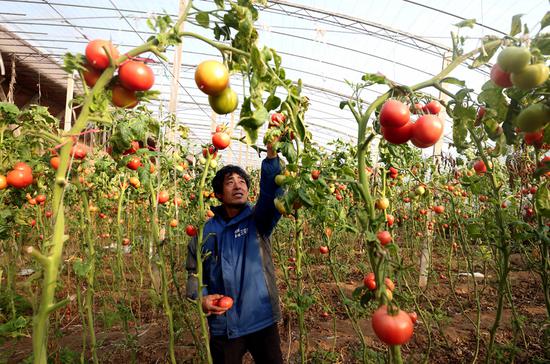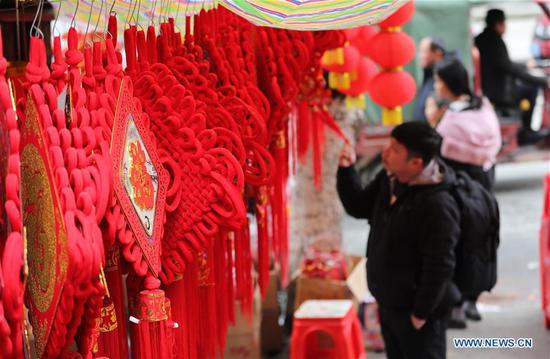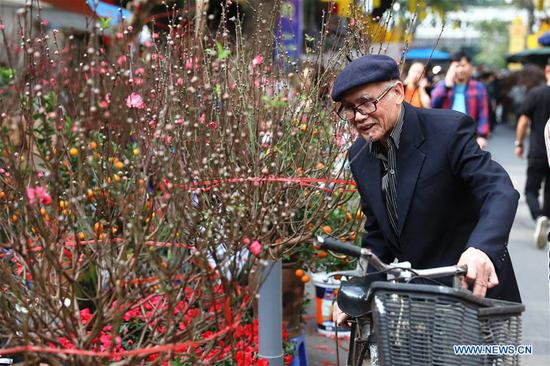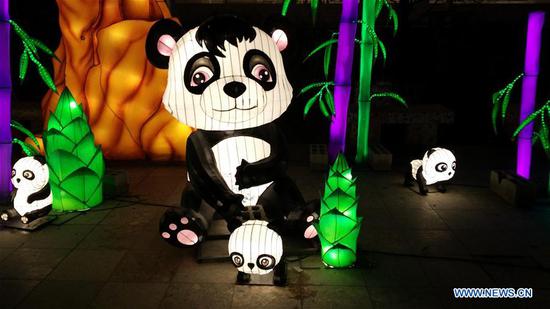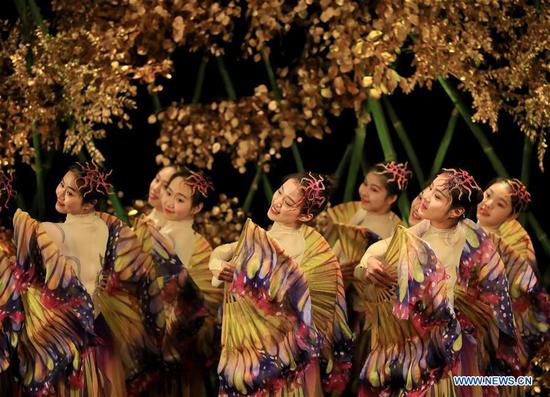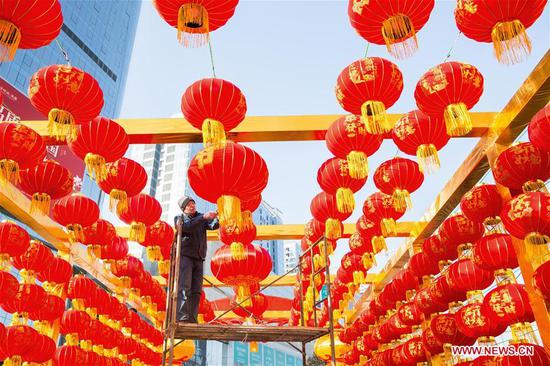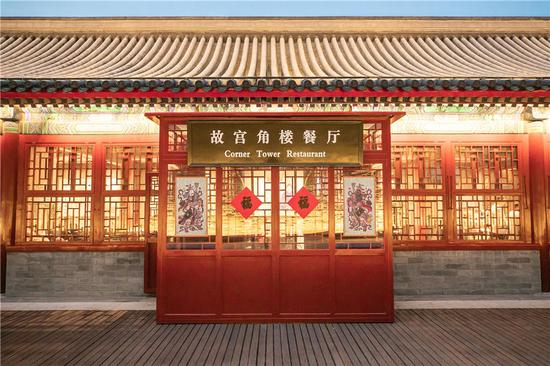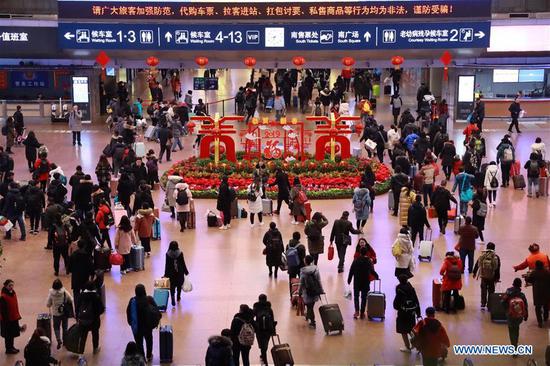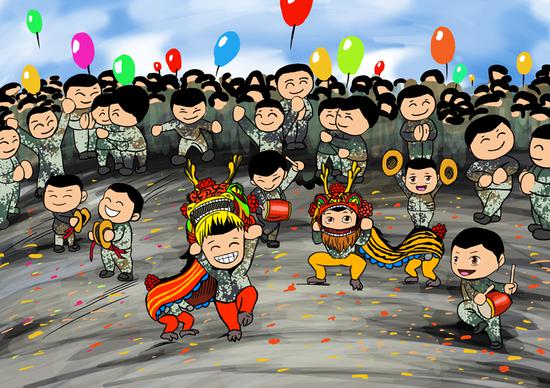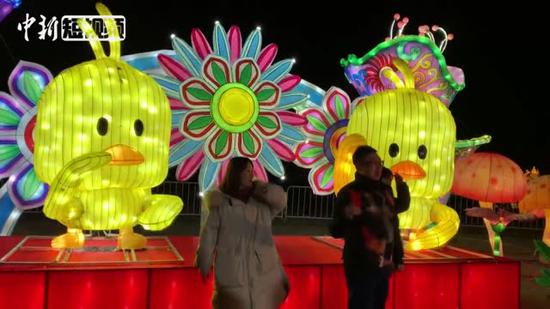If the way to a nation's heart is through its stomach, Australia's heart was well and truly won on Tuesday with a group of hungry Sydneysiders claiming the world record for biggest yum cha.
To fulfil the record requirements, an official count of 764 people all ate a minimum of two dumplings at the same time, just barely beating the previous number of 750.
The event was part of Sydney's extensive Chinese New Year's celebrations taking place a short walk from the city's Chinatown, arguably the yum cha capital of Australia.
Over 4,000 dumplings were handmade for the occasion, a fitting way for Australians to celebrate considering how wholeheartedly they have embraced and craftily adapted the ancient yet humble tradition of tea and dumplings.
Ever since the early 1980s when yum cha restaurants took hold in the Chinese establishments of Sydney and Melbourne, Australians have held the cuisine close to their hearts, with some saying that it has become not just a part of the national dining landscape, but a part of the culture itself.
"It's great for family birthdays and any occasion in a group setting. We often go to yum cha for birthdays. It's a really good family get together," record participant Sharon Clark told Xinhua.
"As far as I'm concerned it's part of our culture," her companion Gary Walton said. "It's one of those meals that you can share and enjoy; everyone can pick and choose and it's just a real fun experience."
Although in the Cantonese tradition yum cha is based around the drinking of tea, Aussies place far more importance on the food, which is brought around on trolleys for customers to select from throughout the meal.
At a typical yum cha meal in Australia, diners can expect a large assortment of dishes with some of the most popular being shrimp dumplings (har gau), barbecued- pork buns (cha sit bau) and spring rolls (tsun guen), although Australians have the questionable habit of calling almost anything wrapped in a skin a dumpling.
Levi Xu, who directs East Ocean, one of the most recognised venues for yum cha in Sydney, said his restaurants can easily seat several hundred people per service, generally around 60 percent of which are locals.
Many of the first Chinese to emigrate to Australia and elsewhere in the world were from the province of Guangdong and they brought with them their particular style of food and ways of eating which is why Cantonese food is the most familiar to Australians, Xu explained,
"Yum cha is a part of their life so they spread this kind of food style to everywhere."
While traditionally cantonese yum cha is consumed in the mornings, Australian appetites have seen the hours shift more towards lunchtime. At East Ocean, yum cha service runs from 10 a.m. till 3 p.m.
This Chinese New Year has seen a sharp increase in business for Xu with many Chinese people coming out to celebrate, and a large number of Australians have been drawn by special events such as lantern displays and lion dancing.
The period is also the busiest for food truck company Lets Do Yum Cha which catered Tuesday's world record attempt and had previously travelled all over the country selling their variety of dumplings and snacks at large scale events.
Owner Rowan Bates told Xinhua that most Australians have a great enjoyment of yum cha, which probably depends on their familiarity and experience with it in the past.
"It's like anything; once they know about it, it becomes part of the culture. Parents take their kids and it kind of grows from there," Bates said.
"One thing we find that you can closely correlate with the success of our product is the Chinatown of that city -- the bigger and more popular the Chinatown, the better we do."
While Lets Do Yum Cha serves fresh and tasty traditional Cantonese foods, the chefs have also experimented with uniquely Australian flavours, attempting kangaroo and crocodile dumplings among others.
"There's fusion ranges all over the world and Australia has its own twist; it's not as popular but the kangaroo's starting to gather momentum," Bates said.
While catering this year's Lunar New Year events in Sydney, Bates said he had seen many stunned reactions on the faces of the Chinese people who can't believe just how much Australia has embraced Chinese festivals and cuisine.
"The Chinese tourists are just blown away; it's humbling for them to see their culture spread so much here," he said.
With even the youngest generation enjoying dumplings by the mouthful, Australians are the ones of the most enthusiastic new adopters of the Lunar New Year and of Chinese traditions like yum cha -- and now they have a world record to prove it.









